Unveiling the Truth: Hindu’s Ancient Science or Modern Propaganda?
Are the claims of advanced scientific achievements in ancient times fact or fiction? This article dives deep into the alleged ancient science and knowledge, often touted as cutting-edge science, and examines the truth behind the assertions that ancient India possessed technologies like विमान (flying machines), परमाणु बम (atomic bombs), and टेस्ट ट्यूब बेबी तकनीक (test tube baby technology). Was there truly a scientific revolution led by ऋषि-मुनियों, or is it merely propaganda? Let’s find out about the Ancient Science of Hinduism!
Table of Contents
- Introduction
- Understanding Ancient Science and Knowledge
- Rigveda Analysis: The Birth of Vashistha and Agastya
- The Origin of Kartikeya as per ancient science
- King Sagara and His 60,000 Sons
- Brahmanda Purana: A Closer Look at Ancient Science
- Vishnu Purana: The Birth of Ikshvaku as per ancient science
- Shiva Purana: The Tale of Brahma's Seed as per ancient science
- Brahmavaivarta Purana: Krishna's Impregnation as per ancient science
- Devi Bhagavata Purana: A Son from Wood as per ancient science
- Srimad Bhagavata Purana: The Birth of the Bharadwaja Surname as per ancient science
- Mahabharata Stories
- Srimad Bhagavata Purana: Manthaata Birth Story
- Satya Vati Story
- Birth from Animals
- Birth of Nishad as per Ancient Science
- Birth of a Boy and a Girl from Hands
- Test Tube Baby Technology of Ancient Science in Mahabharata
- Birth of Draupadi from Fire
- Pregnancy from Kheer
- Birth of Sita from the ground
- Analysis
- Conclusion
Disclaimer
This article discusses interpretations and analyses of religious texts. Here are some terms used and their implied meanings within this context:
- Brahmin/Brahminism: Refers to the ideology and practices associated with the Brahmin caste, often implying a hierarchical social structure.
- ऋषि-मुनियों (Rishi-Munis): Ancient sages or seers.
- धर्म ग्रंथों (Dharma Granthas): Religious scriptures.
Introduction
The narrative of ancient India as a cradle of advanced science is pervasive, with claims ranging from ancient aircraft to sophisticated medical procedures. However, a closer examination reveals a complex interplay of mythology, religious texts, and historical context. This article aims to dissect these claims, providing a balanced and authoritative perspective on the reality of science in ancient India.
Understanding Ancient Science and Knowledge
To assess the extent of science in ancient India, it’s essential to examine the religious texts that proponents cite as evidence. These books, often filled with stories and metaphors, require careful interpretation to distinguish between literal science and allegorical narratives.
Rigveda Analysis: The Birth of Vashistha and Agastya
The Rigveda, considered one of the oldest scriptures, is frequently referenced to claim ancient scientific prowess. However, a critical examination reveals a different picture.
The Myth of Divine Birth as per Ancient Science of Hinduism
The Rigveda describes the origin of sages Vashistha and Agastya in a manner that defies natural laws. According to the text, Vashistha was born from the mind of Urvashi, while Agastya emerged from a कुंभ (pot) after स्खलन (semen ejaculation) by Mitra and Varuna during a यज्ञ (sacrifice). This account lacks any scientific basis and reads more like a mythological explanation rather than a scientific description.


Scientific Implications
The claim that these sages, born through supernatural means, were pioneering scientists raises significant doubts. If their very existence and birth are rooted in fantastical narratives, can they be credible sources of scientific knowledge? The Rigveda does not describe any scientific process or technology involved in their creation, relying instead on divine intervention.
Translation Accuracy
Critics often argue that translations of ancient texts may not accurately convey the original meaning. However, even with translations, the core narrative remains the same. The scientific community widely accepts translated works of scientists like Einstein, Newton, and Maxwell to understand their theories. Therefore, translated versions of the Vedas can also provide insight into the original text’s content and claims.
The Origin of Kartikeya as per ancient science
The story of Kartikeya’s birth, found in the बालकांड (Balakanda) of the Ramayana, presents another example of supernatural origin. Kartikeya, often associated with युद्ध (war) and military prowess, has multiple origin stories that contradict each other.
Valmiki Ramayana 1/37/12, 14-14,17-18,21-23

Contradictory Narratives
One account claims Kartikeya was born from अग्नि देवता (the fire god) and गंगा (the Ganges river), while another identifies him as the son of Shiva. These conflicting narratives undermine the credibility of any scientific claim associated with his origin.
Historical Context
Historically, Kartikeya is linked to the Satavahana dynasty, which defeated the Saka ruler Nahapana. Coins from that era depict figures resembling warriors with bows and arrows, which some interpret as Kartikeya. This image has been replicated in Vajrayana sculptures, leading to various deities in modern times.
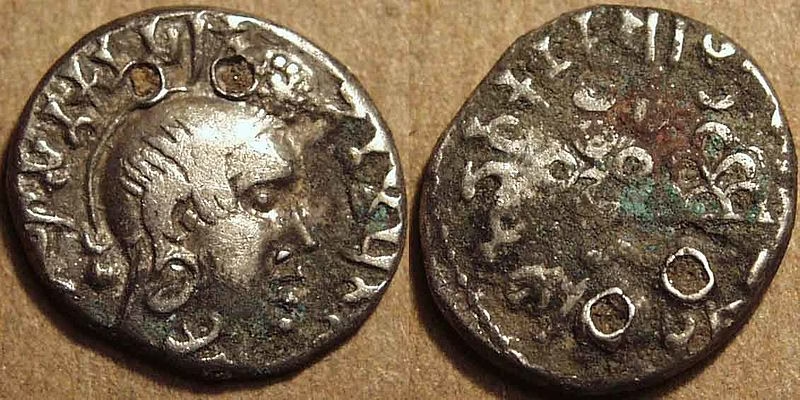
King Sagara and His 60,000 Sons
The tale of King Sagara, who had 60,000 sons, is another instance of exaggerated claims found in ancient texts. The Ramayana describes how Sagara’s wife, सुमति (Sumati), gave birth to a तुंबा (gourd), which, when broken open, yielded 60,000 sons.
The Story
The sons were then placed in jars filled with घी (ghee) to mature. This narrative is mythological and lacks any scientific plausibility.

Implications for Science
The story of Sagara’s sons highlights the tendency to attribute extraordinary events to divine or supernatural causes rather than scientific explanations. The narrative serves a symbolic purpose, emphasizing the king’s power and lineage, but it cannot be taken as a description of actual events.
Impact on History
Such stories, while entertaining, contribute to a distorted view of history, where mythical events are portrayed as factual occurrences. This can lead to misunderstandings about ancient societies and their actual achievements.
Brahmanda Purana: A Closer Look at Ancient Science
The Brahmanda Purana offers a slightly different version of the Sagara sons’ story, elaborating on the events described in the Ramayana. This illustrates how Puranas often expand upon existing narratives, adding layers of detail to enhance their appeal.
The Role of Rishis in Ancient Science
The involvement of rishis in these narratives is often portrayed as scientific wisdom. However, the advice given—to cut a gourd into thousands of pieces and store them in ghee—lacks any scientific basis. It is more akin to a mythical prescription.
Scientific Plausibility
The Brahmanda Purana’s account is devoid of scientific backing. There is no mention of the necessary conditions for fetal development, such as temperature control, nutrients, or the artificial insemination techniques required for test-tube babies. Instead, it relies on simplistic, magical explanations.
Vishnu Purana: The Birth of Ikshvaku as per ancient science
The Vishnu Purana presents an equally bizarre origin story for Ikshvaku, a figure associated with the Solar dynasty. According to the text, Ikshvaku was born from the nose of Manu during a छींक (sneeze).
The Story of Ikshvaku
This account is used to establish the lineage of various dynasties, including those claiming descent from the Ikshvaku family. It also highlights the tendency to create mythical origins to elevate the status of certain groups.

Family Traditions
Some accounts even suggest that brother-sister marriages were common in the Ikshvaku dynasty. Such claims, often found in Jataka tales, are used to undermine the credibility of these lineages.
Shiva Purana: The Tale of Brahma’s Seed as per ancient science
The Shiva Purana contains a rather disturbing tale involving ब्रह्मा (Brahma) and पार्वती (Parvati). During the marriage of Shiva and Parvati, Brahma becomes sexually aroused upon seeing Parvati’s अंगूठा (thumb). His वीर्य (seed) falls into his lap, resulting in the birth of countless ब्रह्मचारी (celibate monks).

The Incident
This episode raises serious ethical and moral questions about the portrayal of deities and their actions. The story is filled with disgusting details that clash with the reverence typically associated with divine figures.
Moral and Ethical Implications
Such narratives challenge the notion that these deities are morally superior beings. Instead, they are depicted as engaging in behaviours that would be considered inappropriate or even repulsive by modern standards.
Brahmavaivarta Purana: Krishna’s Impregnation as per ancient science
The Brahmavaivarta Purana, which focuses on Krishna, includes an explicit account of (काम वशीभूत ) lust-driven Krishna ejaculating during a देवसभा (divine assembly). In an act of शर्म (shame), Krishna throws his वीर्य (seed) into पानी (water). After 1000 years, it turns into an egg, leading to the birth of a great being.


Brhamavaivarta Purana Brahmkhand 4/23-24
Krishna’s Seed
This tale is not only scientifically absurd but also sexually explicit, undermining the image of Krishna as a divine figure. The story lacks any scientific coherence and reads more like a work of fiction than a description of real events.
Devi Bhagavata Purana: A Son from Wood as per ancient science
The Devi Bhagavata Purana narrates an incident where व्यास (Vyasa) becomes काम वर्ष (lustful) upon seeing उर्वशी अप्सरा (Urvashi Apsara) and then accidentally ejaculates on अरणी (wood) while churning it for अग्नि (fire). This results in the birth of a boy named Shuka.

Vyasa’s Encounter
The idea that ejaculation on wood can result in the birth of a child defies basic biological principles. The narrative serves a symbolic purpose, highlighting Vyasa’s power, but it lacks any scientific credibility.
Srimad Bhagavata Purana: The Birth of the Bharadwaja Surname as per ancient science
The Srimad Bhagavata Purana tells a disturbing tale of Brihaspati, the guru of the gods, raping his brother’s wife, who is already pregnant. Despite being pregnant, his rape results in शूल (semen) being impregnated as भारद्वाज (Bharadwaja).
Shrimad Bhagwat Purana 9/20/36-39


Birth of Bharadwaja
This episode is not only morally reprehensible but also scientifically absurd. The idea that an already pregnant women can bear a child after she is raped is simply something that can’t be explained in medical terms. The concept lacks any scientific validation and undermines the moral standing of the characters involved.
Mahabharata Stories
Dronacharya’s Birth
According to the Mahabharata, Bharadwaja went to Ganga for bathing and saw Apsara Ghritachi, whose clothes had slipped. Upon seeing her, Bharadwaja’s वीर्य (semen) fell, which he collected in a द्रोण (cup). From this cup, द्रोणाचार्य (Dronacharya) was born.
Mahabharata Aadiparv 129/33-38


Kripacharya’s Birth
In the Mahabharata, the story of the birth of Kripa is recounted. Indra sent Apsara Janapadi, seeing whom Sharadvan lost control and ejaculated. The वीर्य (semen) fell on सरकंडे (reeds), from which were born कृप (Kripa) and कृपी (Kripi). This is a completely impractical origin and defies logic.


Srimad Bhagavata Purana: Manthaata Birth Story
According to the Srimad Bhagavata Purana, a king named Raja Yuvanashva once accidentally drank water that had been blessed with son-producing mantras. This caused him to become pregnant and eventually give birth to his son, Mandhata, from his right side. This bizarre birth story defies the laws of nature and science and is used to establish the lineage of the Koliya clan. The story also claims that after the king drank water from the vessel, he delivered a son from his arm; it’s simply not possible to deliver a child in such a short span.
Srimad Bhagvata Purana 9/6/26-31


Satya Vati Story
According to the Mahabharata, Parashara had an encounter with Matsyagandha, a fisherwoman, and from their union, Vyasa was born. A fish carried her seed to Parashara, and she gave birth to Vyasa in the future. As this union happened on an island, Parashara granted her the boon that her body would emit a fragrant smell instead of the odor of fish.
Mahabharata Aadiparv 63/34 [Search Fish on the page to save time, seed here means Semen]


Birth from Animals
According to Hindu Mythology, animals were also not spared. An example is as follows:
Padmapurana Uttarkhand 4/62-65

According to the Padma Purana, a cow gave birth to a human child due to a blessing. This is nothing more than a fabrication.
Birth of Nishad as per Ancient Science
Srimad Bhagvat Purana 4/14/43-45


It says that sages churned the thigh of the dead king Ven really fast, and a man emerged from it. He was called Nishad.
Birth of a Boy and a Girl from Hands


Brahmins churned the arms of the dead body of the childless king. A boy and a girl were born from them. The boy was called Prithu, and the Girl was called Archi.
Srimad Bhagvat Purana 4/15/1-5
Test Tube Baby Technology of Ancient Science in Mahabharata


Dhratrashtra’s wife, Gandhari, remained pregnant for 2 years while Kunti gave birth to a beautiful son. Gandhari, being displeased with this, one day beat her womb, due to which she had a miscarriage. She wanted to pick up the fallen piece of flesh and throw it out when Vyasa appeared and asked her to cut that flesh into 100 pieces and put them into pots full of ghee quickly. She did as Vyasa asked, and in 3 months, 100 sons and 1 daughter were born from these pots.
Mahabharat Adiparv 114/9-13,18-22,40-41
Birth of Draupadi from Fire


Yaj threw the havan material into a burning havan kund, and from it came a boy who was named Dhrishtadyumna, who became the commander of Pandavas and a girl was also born from the same havan kund named Draupadi.
Mahabharata Aadiparv 166/39 [Page 473 and 475]
Pregnancy from Kheer


From the sacrificial fire arose a figure, bearing sacred kheer. This he offered to King Dasharatha, saying, “By this, your queens shall bear sons.” They partook, and in time, four princes were born. Valmiki Ramayana Baalkand 16//11-30.
Birth of Sita from the ground

Sita was born as per Janak, her father, one day was ploughing, Sita came above the plough blade and Janak said thus Sita was born from the ground. Now, please tell us what ancient science was used to achieve this. Valmiki Ramayana Baalkand 66/13-15.
Analysis
The stories mentioned above, drawn from various religious texts, reveal a common theme: the tendency to attribute extraordinary events to supernatural forces. These narratives, often presented as historical or scientific truths, lack empirical evidence and defy logical reasoning. Instead, they serve symbolic purposes, such as legitimizing power structures or reinforcing social norms.
These kinds of stories have connections from Roman Culture; they were using these methods in order to convince the audience. These stories do not have scientific justification and do not promote one in any way.
By critically examining these claims, we can gain a more accurate understanding of ancient societies and their actual scientific achievements. While it is important to respect cultural and religious traditions, it is equally important to distinguish between myth and reality.
Conclusion
While claims of advanced science in ancient India are widespread, a careful examination of religious texts reveals that these claims are often based on misinterpreted stories and mythical narratives. It is crucial to approach such assertions with a critical and scientific mindset, distinguishing between faith-based beliefs and evidence-based facts. Let’s embrace a rational approach to understanding history and science, promoting evidence-based knowledge over unsubstantiated claims.
Share this article to promote critical thinking and rational inquiry. Encourage others to question unsubstantiated claims and seek evidence-based knowledge.
Read more about the Ayodhya Truth.
Read about the caste bias in Srimad Bhagvata Purana.
Read about the critical analysis of Ayurveda directly from the texts.
If you want to read the books and confirm for yourself that what is written in this article is indeed from the Hindu Books, please order the books below.
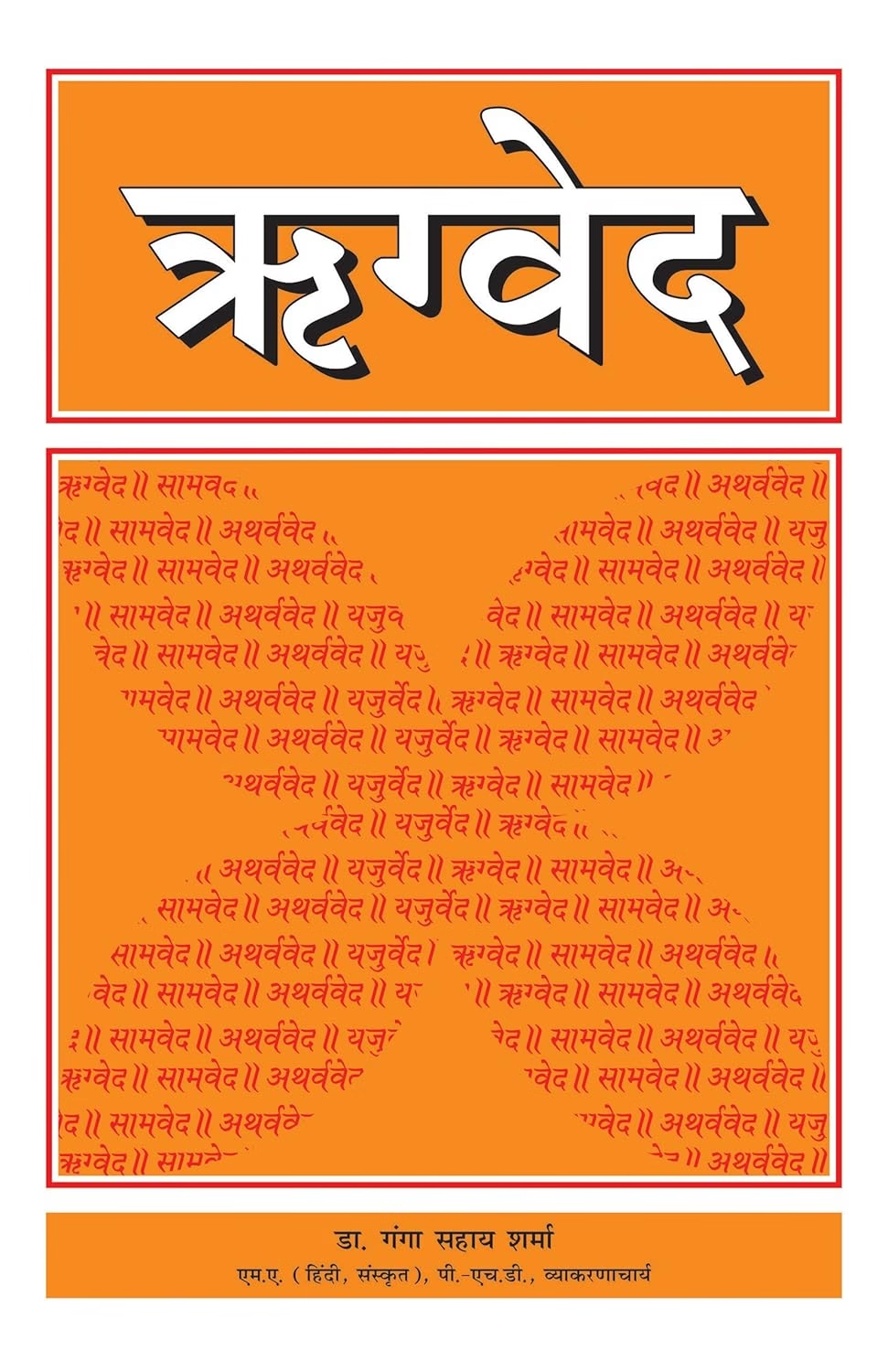
This translation, based on Sayan’s commentary, presents the meaning of each word, grammar, and evidence. Sayan, without bias, clarifies the meaning of mantras related to human life, allowing one to understand Vedic culture.

This is the latest edition from Gita Press whic recently celebrated 100 years of existence. Buy and read it yourself.
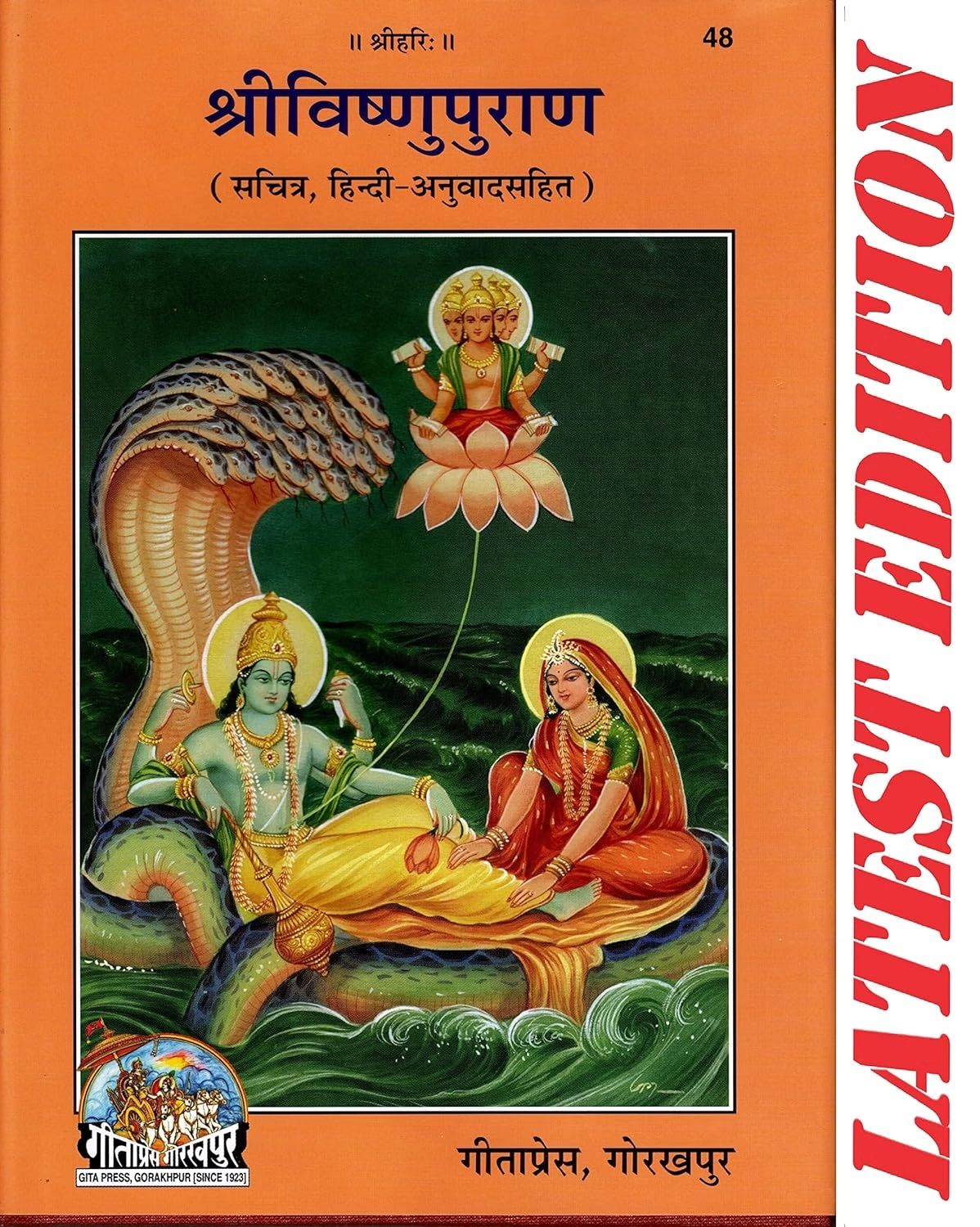
Shree Vishnu Puran – By Maharssi Vedavyas- Gorakhpur geeta press- Vrindavan Rasik Vani

This is the latest edition from Gita Press whic recently celebrated 100 years of existence. Buy and read it yourself.
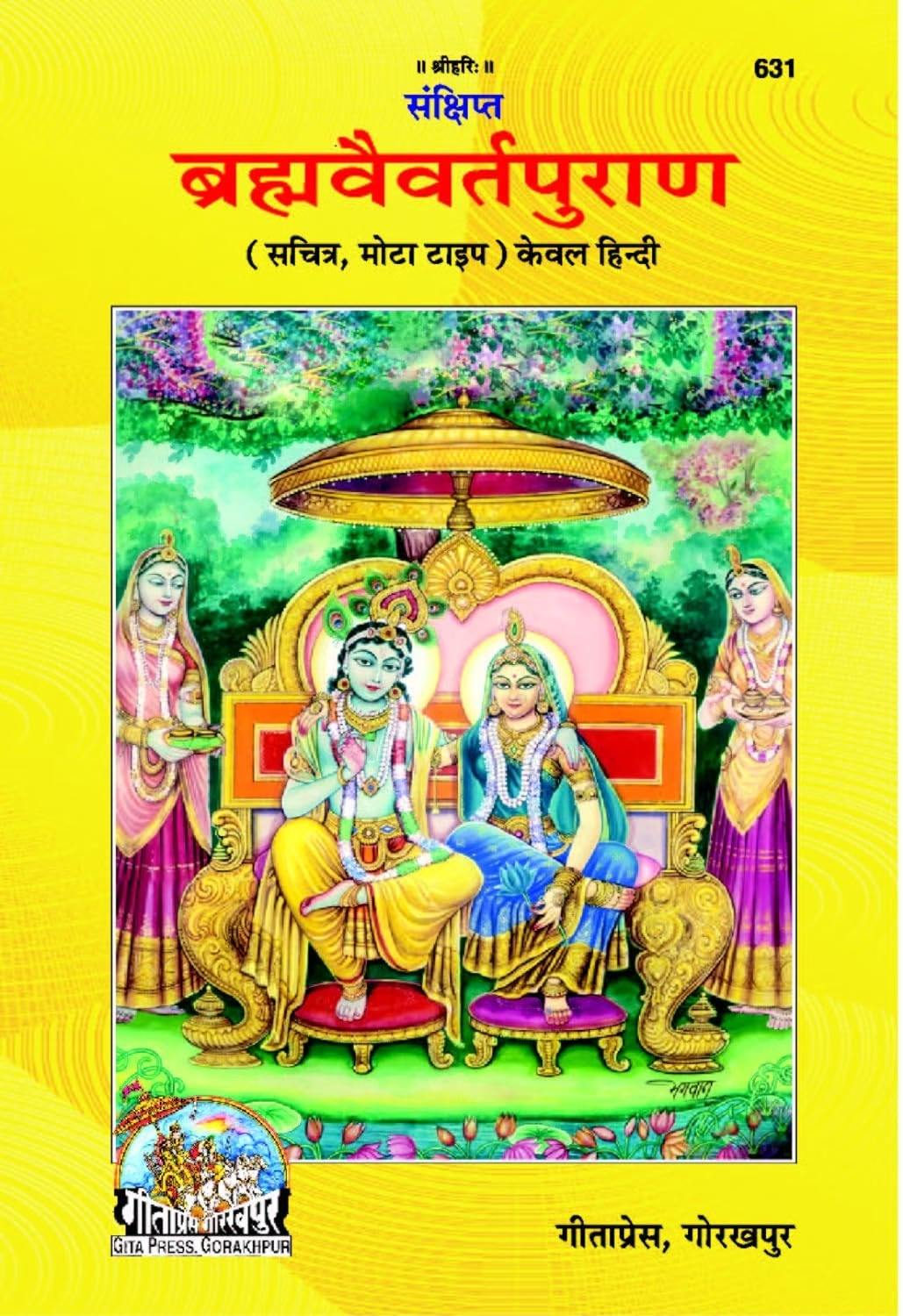
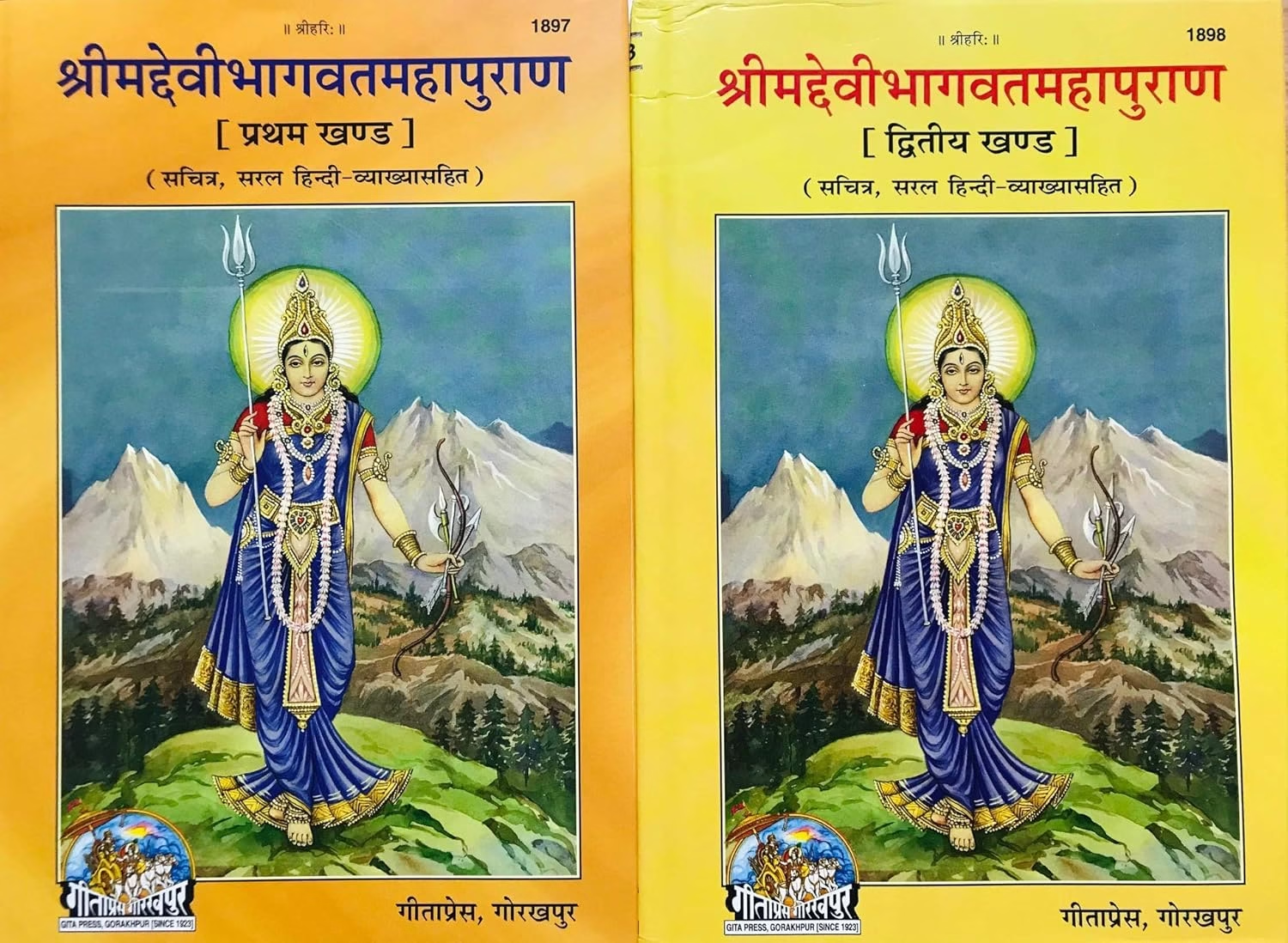
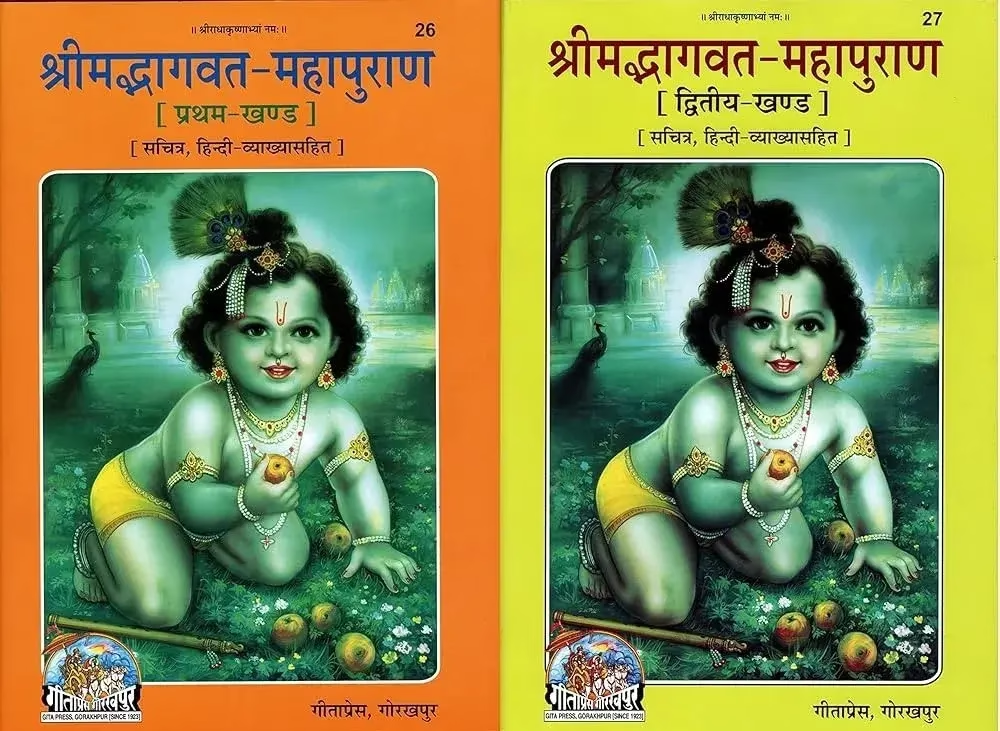
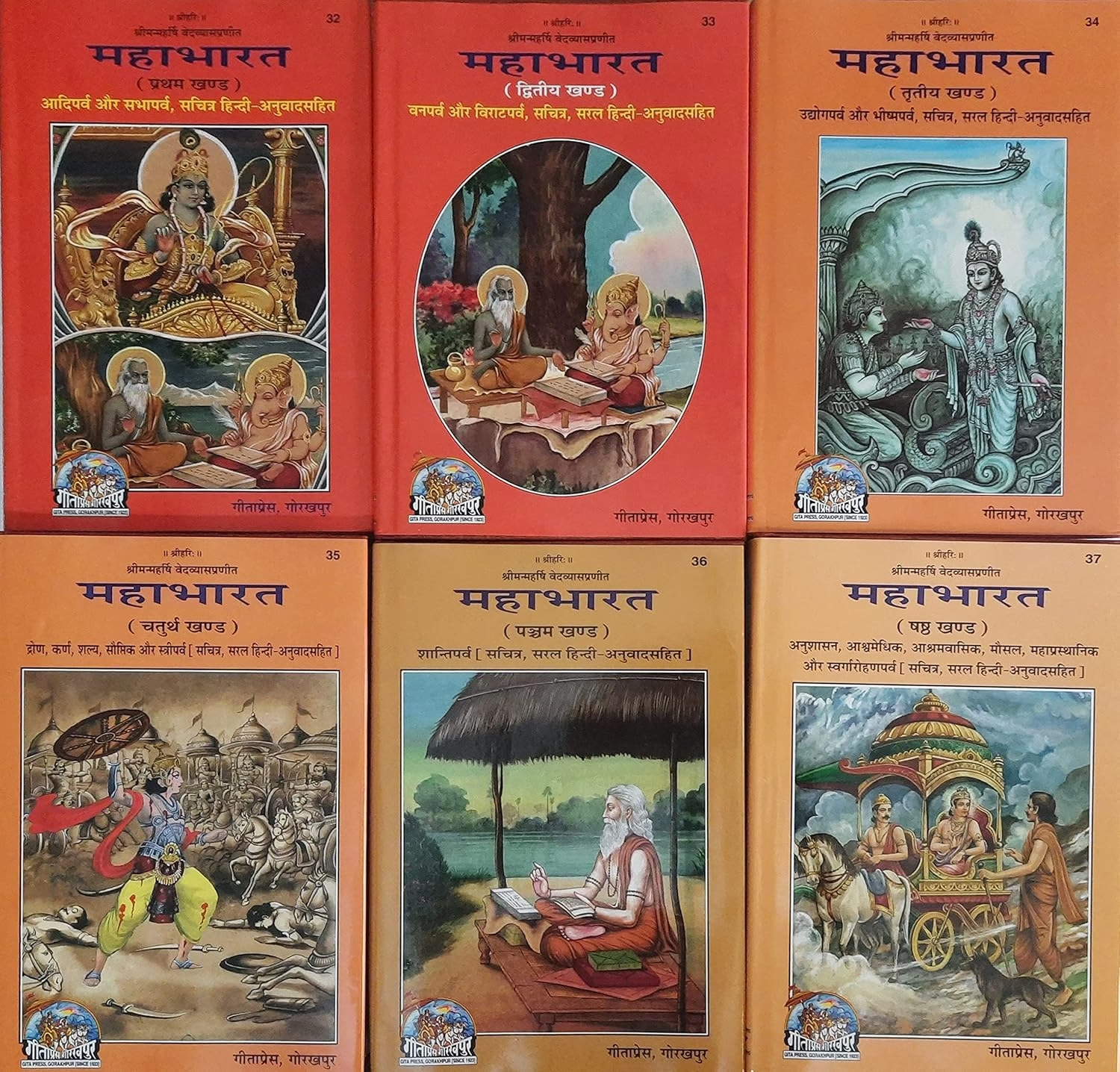
Do you disagree with this article? If you have strong evidence to back up your claims, we invite you to join our live debates every Sunday, Tuesday, and Thursday on YouTube. Let’s engage in a respectful, evidence-based discussion to uncover the truth. Watch the latest debate on this topic below and share your perspective!

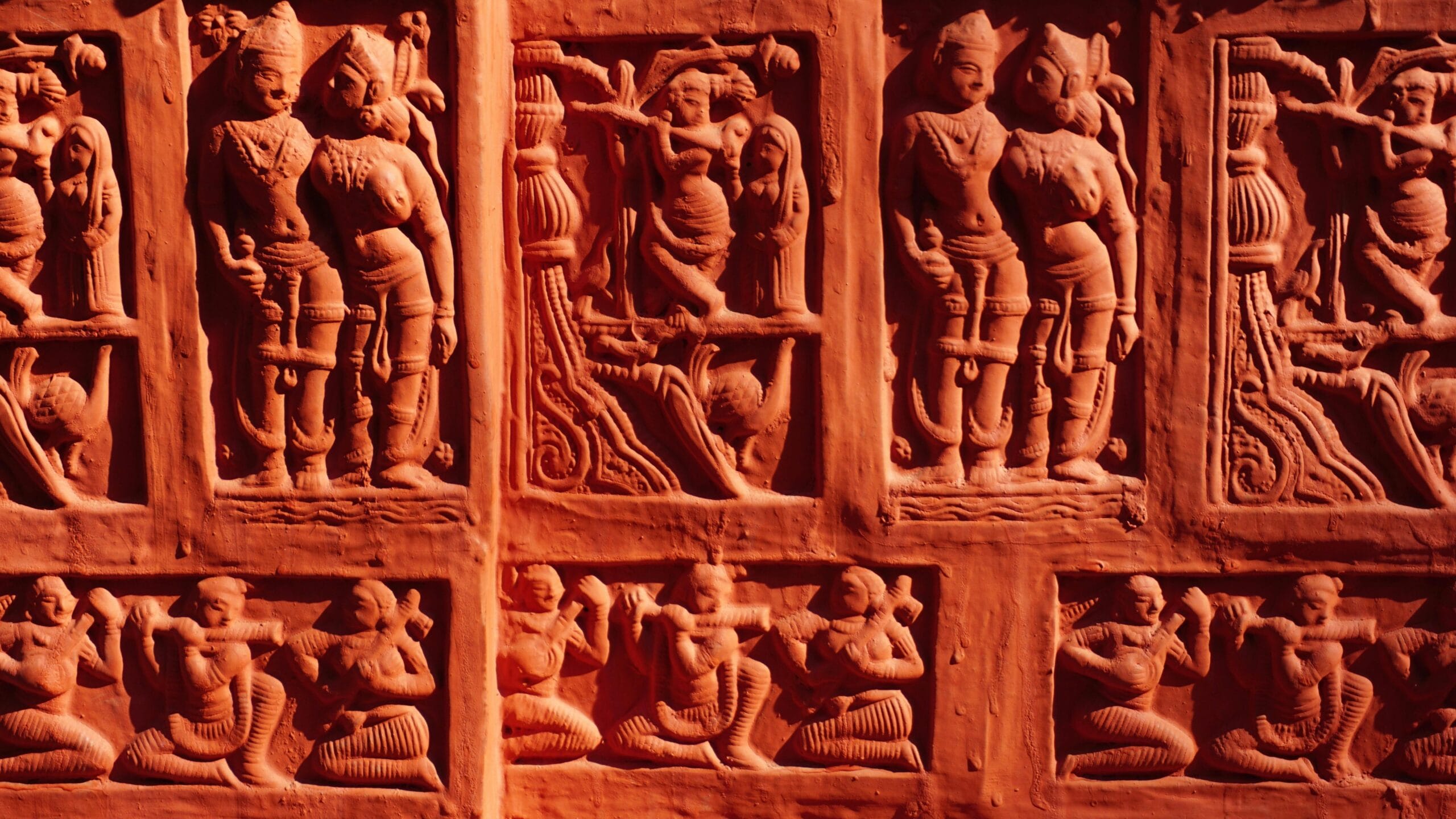

[…] Read more about Ancient Science in Hinduism. […]
[…] Read more about ancient Hindu science. […]